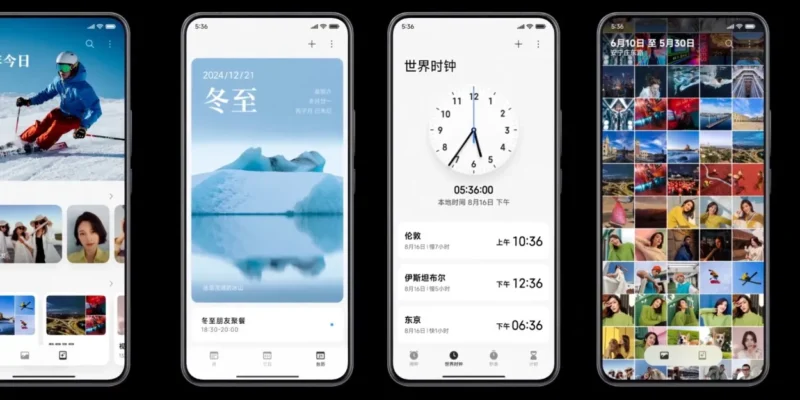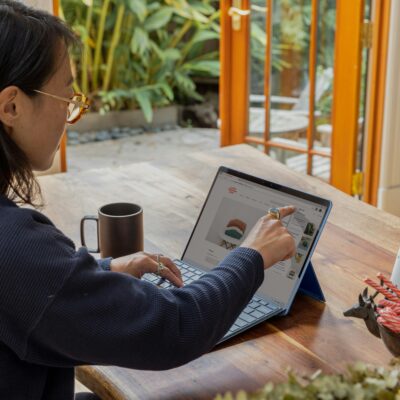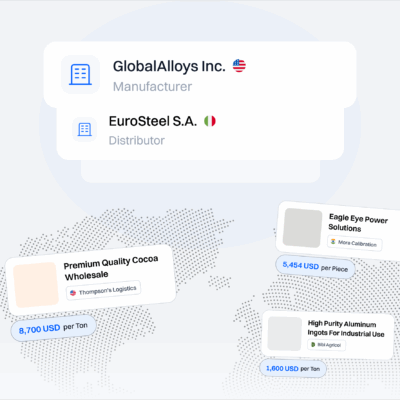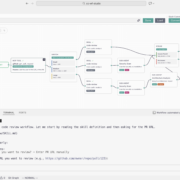HyperOS 2 Update Release Schedule: See if Your Xiaomi, Redmi, or POCO Phone is Supported
Xiaomi is rolling out its Android 15-based HyperOS 2 update, promising significant improvements in AI capabilities, performance, and a refreshed UI. If you’re wondering whether your Xiaomi, Redmi, or POCO device will receive the update, Xiaomi has released an official compatibility list and rollout schedule.
HyperOS 2 Supported Devices
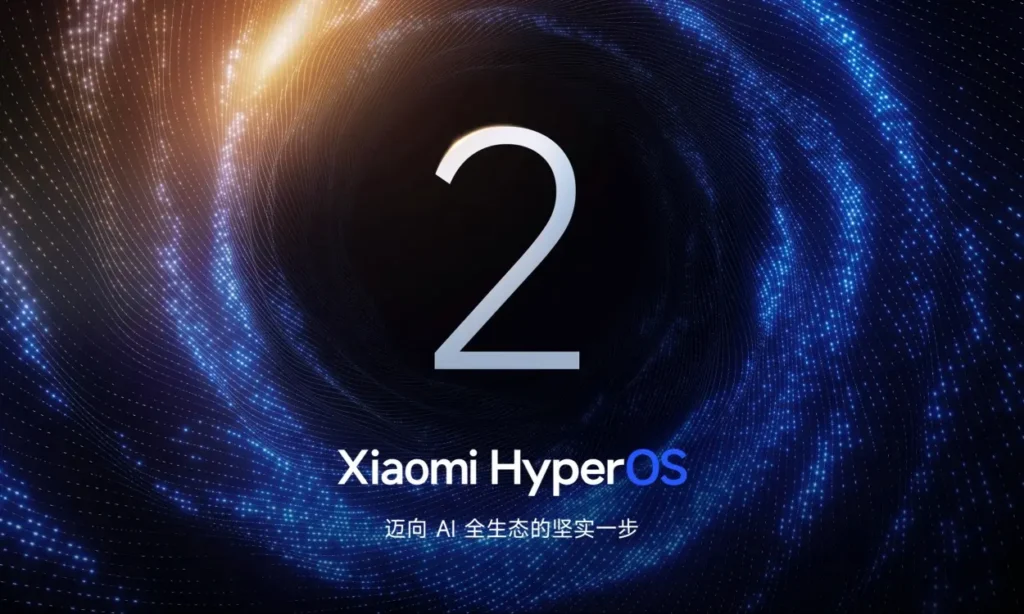
Xiaomi shared the official list of compatible devices in an X post. Here’s the breakdown:
Xiaomi Phones
- Flagships: Xiaomi 14, 14 Pro, 14 Ultra, 14T, 14T Pro
- 13 Series: Xiaomi 13, 13 Pro, 13 Ultra, 13T, 13T Pro, 13 Lite
- 12 Series: Xiaomi 12, 12 Pro, 12T, 12T Pro
- Others: Xiaomi 11 Lite 5G NE, Xiaomi 11, Xiaomi 11 Ultra
Redmi Phones
- Note 13 Series: Redmi Note 13, Note 13 Pro, Note 13 Pro+
- 13 Series: Redmi 13, 13C
- Note 12 Series: Redmi Note 12, Note 12S, 12 Pro, 12 Pro+
- Others: Redmi 12, Redmi K50i
POCO Phones
- Flagships: POCO F6, F6 Pro
- X Series: POCO X6, X6 Pro, X5 Pro, X4 GT
- M Series: POCO M6, M6 Pro
- Others: POCO F5, F5 Pro, F4 GT, POCO C75, C65
Tablets
- Xiaomi Pad 6, Pad 6 Pro
- Redmi Pad Pro, Pad SE (8.7, 4G)
- POCO Tab
Rollout Timeline
- New Devices: Most 2023 models will receive the update by end of October 2024.
- Older Devices: Models older than two years will receive HyperOS 2 by December 2024.
For specific dates, check Xiaomi’s OTA update notifications on your device.
What’s New in HyperOS 2?
HyperOS 2 focuses on:
- Enhanced AI Features: Smarter performance optimization and personalized suggestions.
- UI Redesign: A cleaner, modern look with improved accessibility.
- Performance Boost: Faster app loading and smoother multitasking.
How Does It Compare?
With HyperOS 2, Xiaomi is taking on the likes of OxygenOS 15 and One UI 7. The focus on AI and performance aligns with industry trends, but user experience will determine if it can compete.
Have you tried HyperOS 2 yet? If so, how does it compare to other Android skins? Share your thoughts in the comments below!

